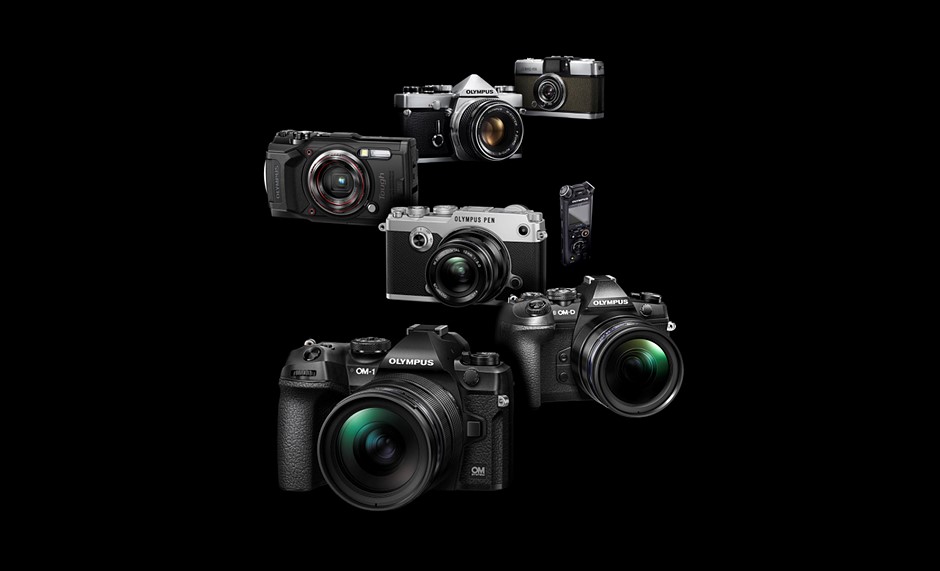My 2 cents of the reality of the photography business is that it is largely driven by industrial uses like machine vision, medical, autonomous vehicles and lastly smartphone and photography in general.
There are already industrial sensors that are capable of hundreds of frames rate and low light sensitivity but it rarely follow that the technology will trickle down to photography enthusiasts dreams. Simply that research efforts go to areas of potential profit and demand.
From the linked report, there are smartphone image sensors that can outperform traditional photography sensors where demand is greatest. You may ask why smartphone technology are not applied to normal photo camera sensors. Well simply because the smartphone business is significant.
Then there are only a small number of image sensor manufacturers . ( From the linked article. )
Current industry key players include Sony Group (Japan), Samsung Electronics Co., Ltd. (Japan), OMNIVISION (US), STMicroelectronics N.V. (Switzerland), GalaxyCore Shanghai Limited Corporation (China), ON Semiconductor Corporation (US), Panasonic Holdings Corporation (Japan), Canon Inc. (Japan), SK hynix Inc. (South Korea), and PixArt Imaging Inc. (Taiwan).
As you can see Sony and Canon are the Japanese players , panasonic is more hardware based so the other smaller camera companies like Nikon, Panasonic, OMDS , Pentax and sigma are dependent on Sony where as canon can design their own sensors and image processors. In other words the others are just step sisters using hand me down sensors..ouch!
For micro four thirds, like fullframe there is only so much space or real estate of the sensor size to put image sensors in the form of photo diodes. Smartphone use bining technology ,that is although the pixels are small they are combined to form larger pixels in order to receive more light .See article for details. In other words a particular size camera format is limited by physics. From model to model the noise performance does not improve but what improves is the software processing of noise by the image processor.
My opinion is that OMDS should put more effort in this noise processing area so that even at high ISO the smaller m43 sensor image quality can do better than the larger sensors. Only this can ensure m43 relevance in the photography space. Already there are 3rd. party noise processing software that make high ISO image look acceptable so now the trick is putting into the camera but if memory space or processor power is insufficient then OMDS should provide this help in it's own photo editing software. Hope they read this. Only then will photographers accept m43 format as workable .
AZoSensors takes a deep dive into how image sensors are currently being used, where research and development are focused, what the market looks like, and how the sector may evolve into the future.

www.azosensors.com
The noise performance of om1 is similar to em1 mk3 accept in the distribution of noise in the image which is due to the improved processor meaning the software processing. That's why OMDS must make progress in this critical area of image processing to remain in the game.





